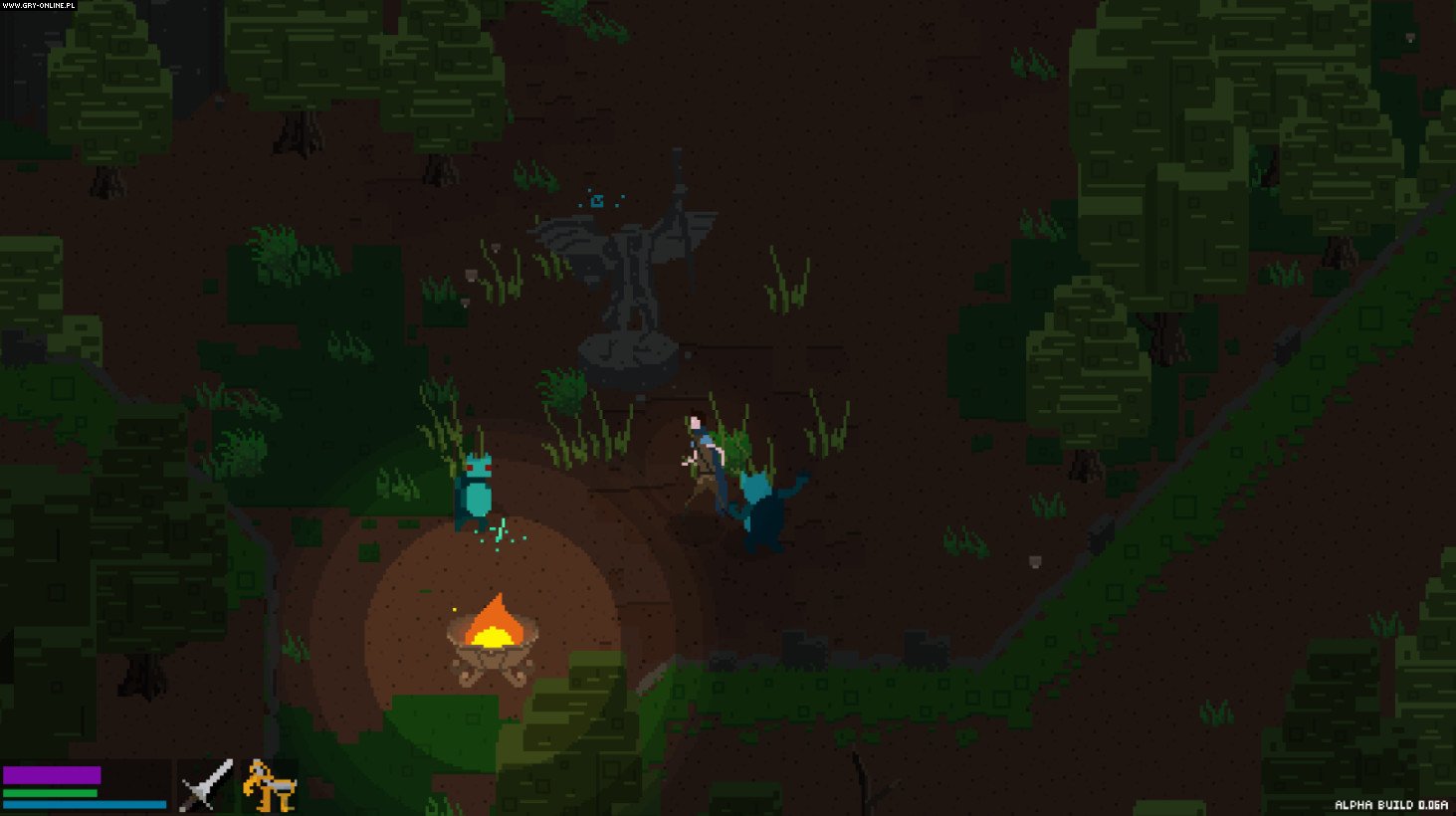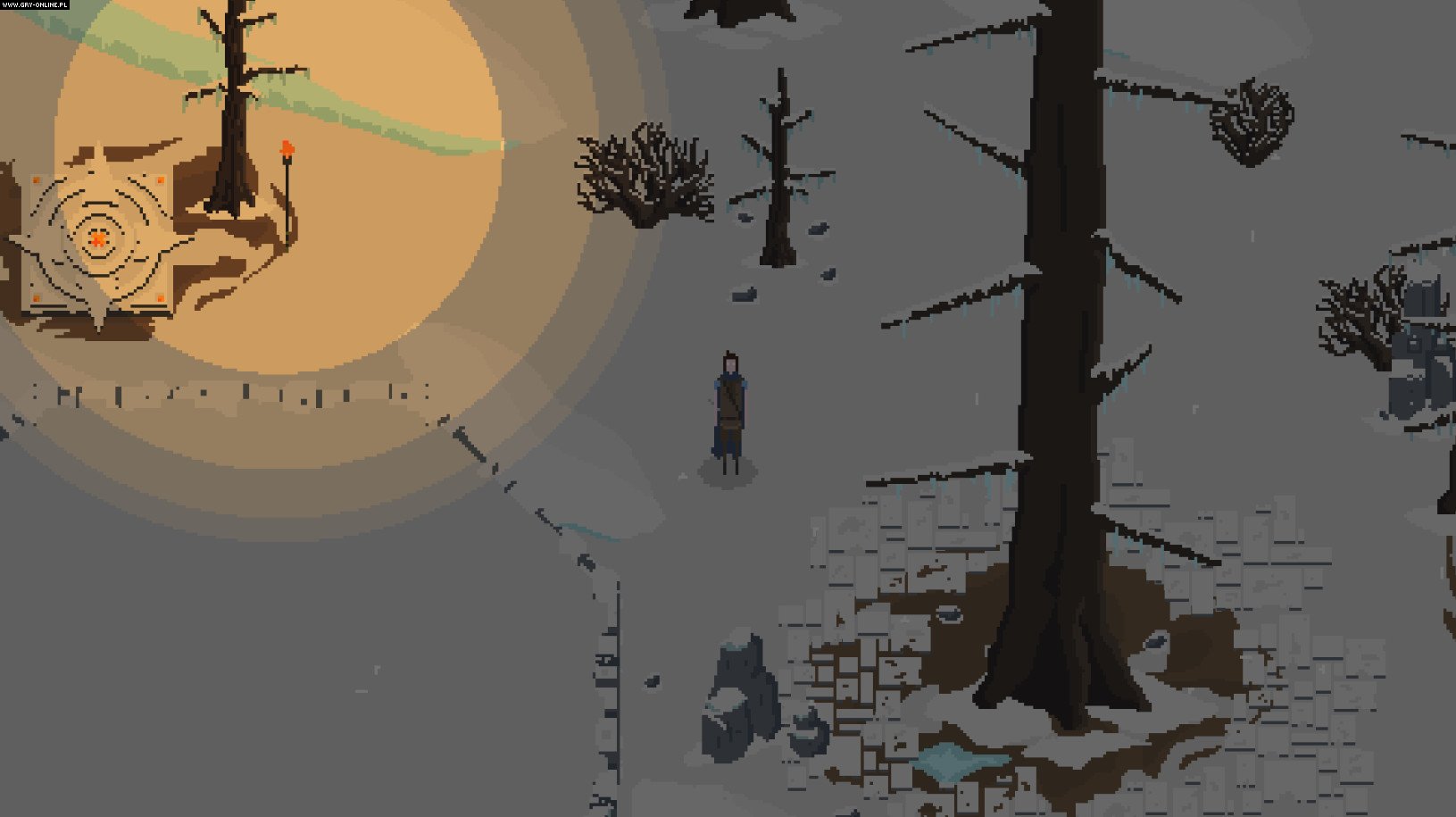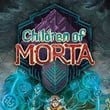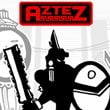Elden: Path of the Forgotten is a representative of indie games, with 2D graphics inspired by classic 16-bit and 8-bit productions. The main element of the game is the exploration of available areas, an unusual approach to the game mechanics and a story told using "indirect methods". Elden is the debut work of the Australian Onerat Games, a small studio founded by Dylan Walker.
Plot
The story of the game is about the fate of Elden, searching for her mother in a destroyed land full of ancient dangers. In order to reach their destination, they must follow the Path of the Forgotten, a route that will keep them from getting lost in these inhospitable areas. During the journey, they will also learn the secrets of magic, which sometimes gives unpleasant and ghostly effects, but allows them to survive in such difficult conditions. We learn the story through "indirect methods". This means that all information is drawn from sources such as books (and some of them can be written in a language unknown to us) or by drawing conclusions from the appearance of the environment. Throughout the game we are also accompanied by a friendly, white bird, who watches over the hero we control.
The available areas are very dark and disturbing. They differ from each other in terms of style and their enemies, inspired by creatures from H.P. Lovecraft mythology. The data we can obtain in a given area is often hidden in a way that is described by the authors as "encapsulating". This means that some of the themes have been arranged in such a way that learning about another aspect of the story does not affect the player's perception of them.
Mechanics
The game is distinguished by its approach to core aspects of gameplay. The combat system is based on efficient response to enemy attacks, not on aggressive actions of the player. During fights we have to wait properly for the enemy to make a move, to which we can respond with a pairing or our own advance attack. In order to deal effectively with fights, you need to manage the main character's stamina and take the best positions for the current situation. We have received many spells with different effects, so their effectiveness is different depending on which opponent we are facing. However, the basic tool for dealing with enemies remains melee equipment, whose properties depend on the type of weapon. Attacks can be fast and short range (swords), slow and deal big damage over a larger area (axe), or keep enemies away from the champion and require high precision (spears).
Enemies are divided into regular and bosses. The former attack us mainly in groups, while clashes with more powerful enemies take place in specially designated arenas. The key to winning is to learn how to react appropriately to each of their attacks. If you get hurt during the clash, you can regenerate some of your health by finding one of the special runes or using the items in your inventory.
Technical aspects
The inspiration for Elden: Path of the Forgotten were classic 16- and 8-bit games. In combination with the 2D perspective, this allowed for very low system requirements.

![[1:26] trailer #1](https://cdn.gracza.pl/galeria/filmy/640x360/112442343.jpg)






